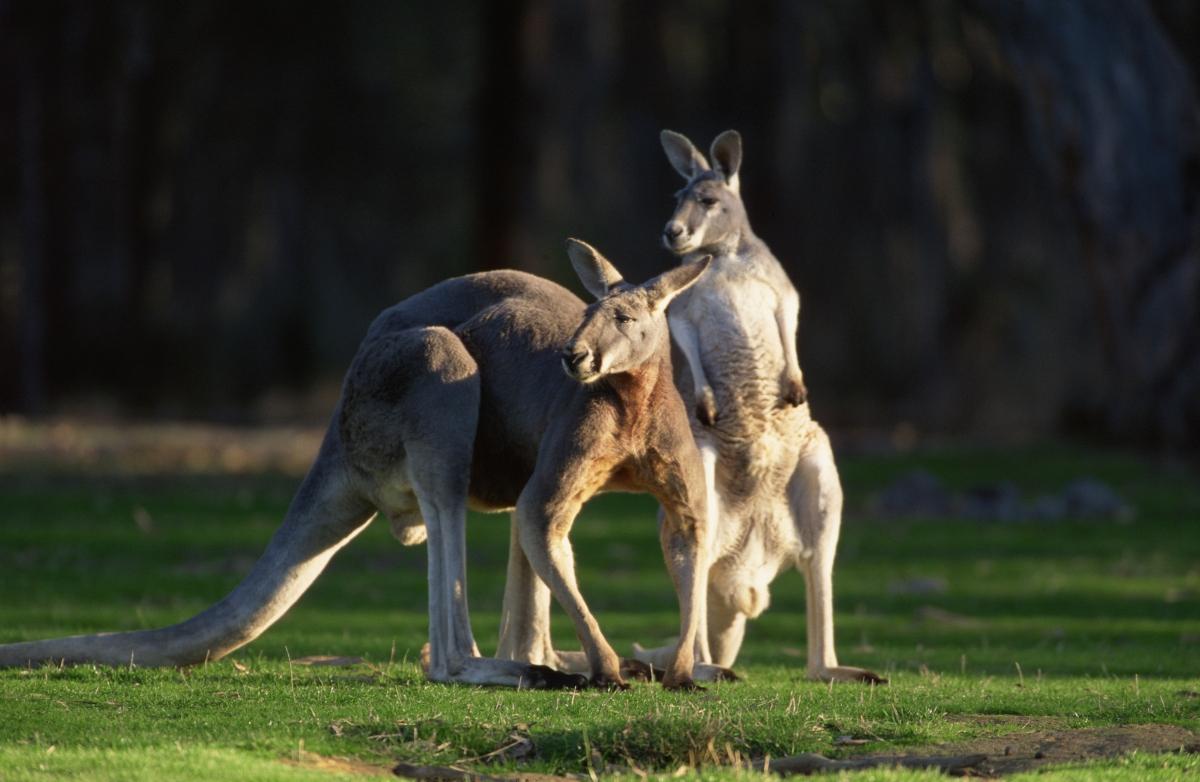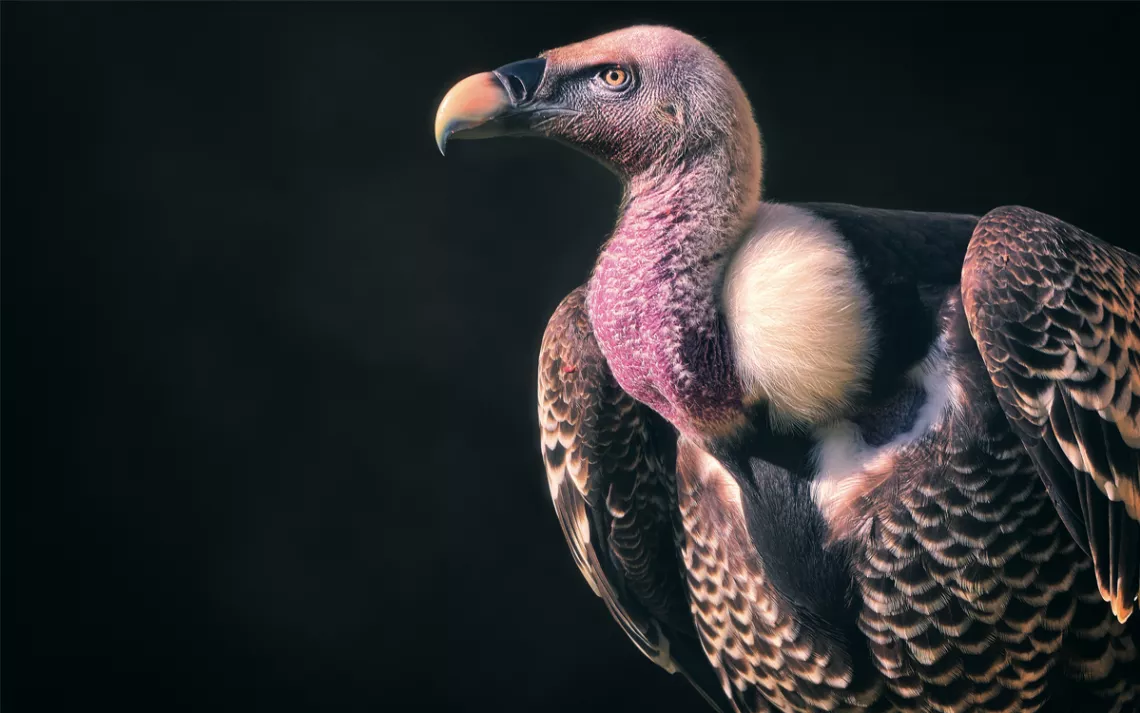Diving Birds
Exploring the Fascinating World of Diving Birds
- Exploring the Fascinating World of Diving Birds
Diving birds are a captivating group of avian species that have adapted remarkably to life in and around water. From the surface plunging pelicans to the deep-diving penguins, these birds showcase an array of behaviors and physical adaptations that allow them to thrive under aquatic conditions. In this comprehensive article, we'll explore the various types of diving birds, their unique characteristics, and the role they play in their respective ecosystems.
The Anatomy of Diving Birds
Adaptations for an Aquatic Lifestyle
Many water birds have evolved highly specialized bodies and behaviors that facilitate diving. Among these adaptations are:

- Streamlined Bodies: Most diving birds have fusiform body shapes, reducing drag as they swim.
- Powerful Muscles: Strong pectoral muscles enable some species to 'fly' underwater with wing-propelled motion.
- Air Sac Regulation: By controlling their air sacs, diving birds can manage their buoyancy, making it easier to dive and stay submerged.
- Dense Bones: Unlike the hollow bones of many bird species, diving birds often have denser bone structures, effectively reducing buoyancy.
- Protective Membranes: Many species have nictitating membranes that protect their eyes while underwater.
Table 1: Common Physical Adaptations of Diving Birds

| Feature | Function | Example Species |
|---|---|---|
| Streamlined Body | Reduces water drag | Penguins |
| Powerful Muscles | Enables underwater 'flight' | Cormorants |
| Air Sac Regulation | Buoyancy Control | Diving Ducks |
| Dense Bones | Sinks easier | Loons |
| Nictitating Membrane | Protects eyes underwater | Kingfishers |
Unique Behaviors of Diving Birds
From Surface Hunters to Deep Descenders
Different species of diving birds have developed distinct diving methods based on their habitat and dietary needs.

Heading Ducks and Cormorants: Diving Experts
Species such as ducks, cormorants, loons, grebes, and mergansers are known for their diving expertise, plunging beneath the surface to hunt for fish or vegetation.

The Art of the Dive: Tactic Variations
- Surface Divers: Species like the Kingfisher hover above the water before diving headfirst to snag prey.
- Plunge Divers: Birds like gannets and tropicbirds descend from the air, hitting the water at high speeds to capture fish.
- Deep Divers: Penguins can dive to considerable depths, with adaptations that allow them to withstand high-pressure environments.
A Gallery of Diving Birds: Spectacular Species to Watch
| Species | Diving Depth | Notable Feature |
|---|---|---|
| Emperor Penguin | 565 meters | Deepest diver |
| Brown Pelican | 10 meters | Plunge diving pro |
| Atlantic Puffin | 60 meters | Excellent swimmer |
| Common Loon | 60 meters | Powerful swimmer |
The Diverse Habitats of Diving Birds
Coastal Waters to Freshwater Lakes
Diving birds habituate various environments, from the Cordell Bank National Marine Sanctuary's food-rich waters to the inland lakes where diving ducks and grebes forage.
Conservation Concerns for Diving Birds
Does Ikea Offer A Nhs Discount
The Risks of Specialization
It's been found that diving birds might be at higher risk of extinction than their non-diving counterparts due to their specialized nature, which might impede their ability to adapt to changing environments.
Conclusion: The Graceful and Adept Diving Birds
In summary, diving birds are exemplars of evolution, showcasing extraordinary adaptations to life on and under the water. As we marvel at their diving talents, it's essential to recognize the conservation efforts required to safeguard these remarkable species for future generations.
Protecting Our Aquatic Aviators
Continued research and habitat protection are crucial to ensuring these avian wonders continue to grace our waters with their spectacular dives and underwater feats.






